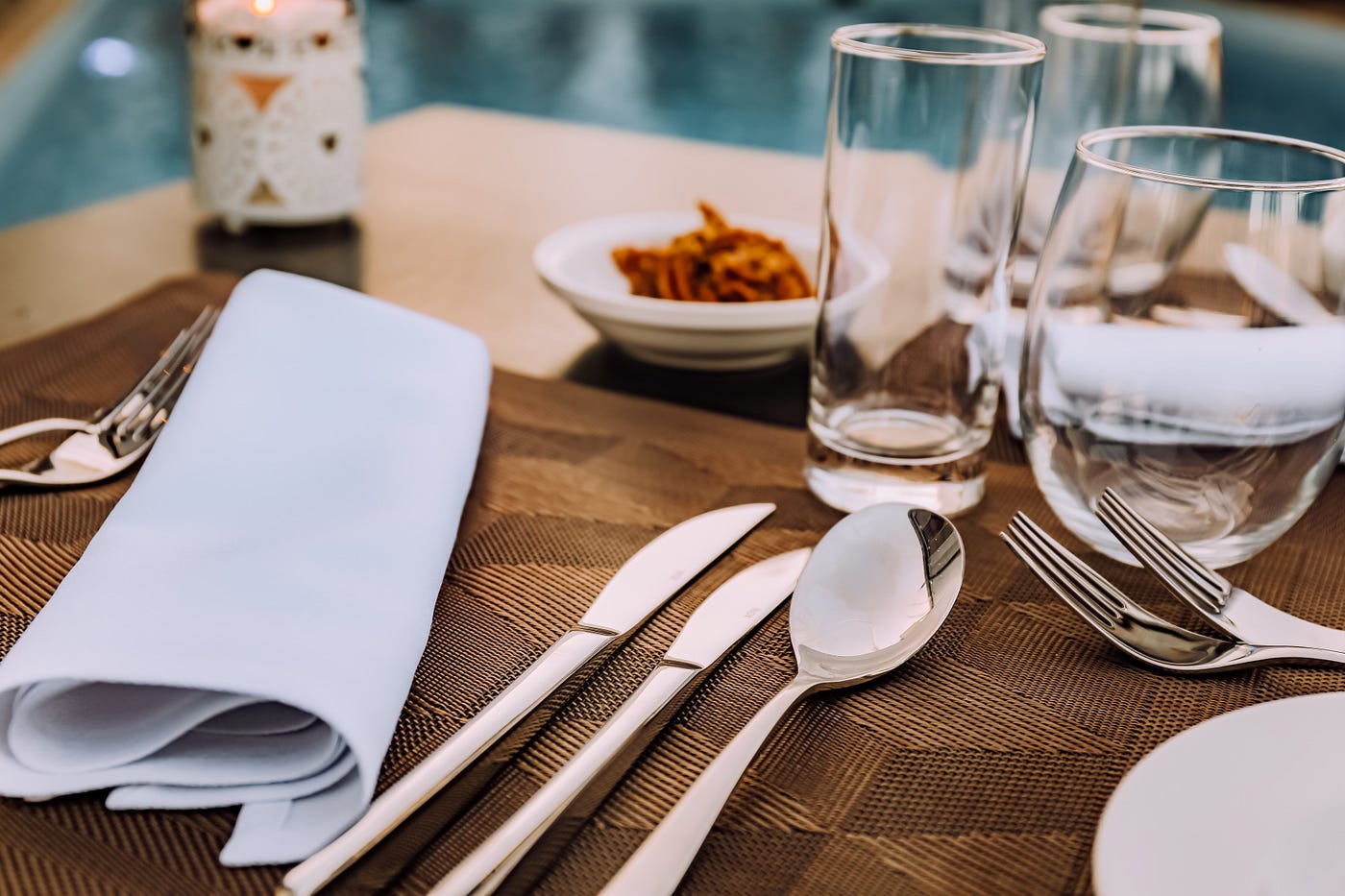

Tableware
What Is Cutlery
Modified: October 20, 2024
Discover the essentials of cutlery and its importance in tableware. Uncover the types, materials, and care tips for the perfect dining experience.
(Many of the links in this article redirect to a specific reviewed product. Your purchase of these products through affiliate links helps to generate commission for Storables.com, at no extra cost. Learn more)
Introduction
Welcome to the world of cutlery, where the art of eating meets the craftsmanship of tableware. Cutlery is an essential part of our daily lives, used for enjoying meals and adding sophistication to dining experiences. From elegant dinner parties to casual family dinners, cutlery plays a vital role in enhancing the overall dining experience.
But what exactly is cutlery? In simple terms, cutlery refers to any utensil used for eating food, such as knives, forks, and spoons. However, it goes beyond its basic function by representing style, culture, and even personal taste. Whether it’s a fine dining restaurant or a cozy kitchen at home, the right cutlery can elevate the dining experience to new heights.
In this article, we will delve into the fascinating world of cutlery, exploring its history, types, materials, etiquette, and more. Join us on this journey as we uncover the secrets and stories behind these humble yet essential tools that make our meals a pleasure to savor.
Key Takeaways:
- Cutlery is more than just eating utensils; it reflects culture, history, and craftsmanship, enhancing dining experiences with style and sophistication.
- Proper handling, etiquette, and modern innovations in cutlery design elevate the art of dining, showcasing the harmonious blend of functionality and creativity.
Read more: What Is A Cutlery Set
Definition of Cutlery
When we talk about cutlery, we are referring to a category of utensils used for eating and serving food. The term “cutlery” encompasses a wide range of tools, including knives, forks, spoons, serving utensils, and more. These utensils are typically made from various materials, such as stainless steel, silver, or even high-quality plastic.
At its core, cutlery is designed to help us with the process of consuming food. Knives are used for cutting and slicing, forks assist in piercing and lifting solid foods, and spoons are ideal for scooping and consuming liquids or semi-liquid dishes. Serving utensils, on the other hand, enable us to portion and transfer food from serving dishes to individual plates.
While the primary purpose of cutlery is functional, it also holds aesthetic significance. Cutlery can reflect personal style, cultural traditions, and even social status. The design and quality of cutlery can greatly enhance the dining experience, adding elegance, precision, and a sense of occasion to each meal.
It’s important to note that the definition of cutlery may vary across different regions and cultures. In some parts of the world, chopsticks, skewers, or even hands may be considered as forms of cutlery. However, in this article, we will primarily focus on the Western interpretation of cutlery, which includes knives, forks, and spoons.
Now that we have a better understanding of what cutlery is, let us delve into its rich history and explore how it has evolved over time.
Historical Evolution of Cutlery
The history of cutlery dates back thousands of years, with evidence of early utensils being used as far back as the Stone Age. In ancient times, humans primarily used tools made from materials such as bone, wood, and shells to cut, spear, and scoop their food.
With the discovery and mastery of metalworking techniques, the Bronze Age saw the emergence of primitive metal knives and spoons. These early metal utensils provided a significant improvement in durability and functionality compared to their organic counterparts.
As civilization progressed, cutlery became more refined and sophisticated. The Ancient Egyptians, Greeks, and Romans created intricate utensils made from precious metals as a display of wealth and opulence. Knives with ornate handles and spoons featuring intricate designs were common among the elite.
During the Middle Ages, the use of cutlery became more prevalent across all social classes. However, forks were not commonly used until the 16th century. Initially, forks were considered a luxury and were predominantly used by the upper class.
The introduction of the fork revolutionized dining etiquette and table manners. It allowed for more precise and delicate handling of food, particularly when indulging in fine dining. Forks gradually gained popularity throughout Europe and became an essential part of the place setting.
In the 18th and 19th centuries, advancements in industrialization and mass production techniques made cutlery more accessible to the general public. All-metal utensils, such as stainless steel knives and spoons, became the norm, replacing the earlier silver or silver-plated options.
During the Industrial Revolution, changes in design and manufacturing processes led to the production of more standardized and affordable cutlery. This allowed households of all classes to enjoy the convenience and elegance of quality tableware.
In the modern era, cutlery design has evolved to reflect changing tastes and lifestyles. Contemporary cutlery often combines functionality with aesthetic appeal, with designers experimenting with different shapes, finishes, and materials to create unique and visually striking pieces.
Today, there is a wide variety of cutlery available, ranging from traditional and classic designs to modern and minimalist styles. Cutlery sets are often sold as collections, featuring matching knives, forks, and spoons, along with serving utensils to complete the table setting.
As we move forward into the future, it is fascinating to see how cutlery will continue to evolve, influenced by ever-changing trends, technological advancements, and cultural shifts.
Types of Cutlery
Cutlery comes in various shapes and sizes, each serving a specific purpose. Let’s explore the different types of cutlery commonly found in households and restaurants:
- Knives: Knives are one of the most essential and versatile tools in the cutlery repertoire. They come in different shapes and sizes, each designed for specific tasks. The most common types of knives include chef’s knives, paring knives, bread knives, steak knives, and utility knives. Each knife is specifically crafted for cutting, slicing, or chopping different types of food.
- Forks: Forks are used for piercing and lifting food, allowing for more controlled and convenient dining. There are various types of forks, including dinner forks, salad forks, dessert forks, and seafood forks. Each fork is designed with different tine configurations and lengths, suited for different types of food and dining occasions.
- Spoons: Spoons are used for scooping and consuming food, particularly liquids and semi-liquids. Common types of spoons include teaspoons, tablespoons, soup spoons, and dessert spoons. Spoons can vary in size and shape, with some designed for specific purposes, such as ice cream spoons or serving spoons.
- Serving Utensils: Serving utensils play a crucial role in transferring food from the serving dishes to individual plates. These include serving spoons, slotted spoons, ladles, and serving forks. They are typically larger in size and have long handles for easy maneuvering and portioning of food.
- Specialty Cutlery: In addition to the common types of cutlery, there are also specialty utensils designed for specific foods or tasks. These may include butter knives, oyster knives, cheese knives, cake servers, and more. These specialty cutlery items cater to specific culinary needs and enhance the dining experience for specific dishes.
It’s worth noting that modern cutlery sets often come with a combination of knives, forks, and spoons, providing everything you need for a complete dining experience. However, you can also mix and match different utensils based on your personal preference and the occasion.
Now that we have explored the various types of cutlery, let’s delve into the materials commonly used in crafting these essential dining tools.
Materials Used in Cutlery
Cutlery can be crafted from a variety of materials, each offering its own unique characteristics and aesthetic appeal. Let’s take a closer look at some of the most common materials used in the production of cutlery:
- Stainless Steel: Stainless steel is the most common material used in modern cutlery. It is highly durable, resistant to stains and corrosion, and easy to maintain. Stainless steel cutlery is available in a range of finishes, such as matte, satin, or polished, providing options to suit different preferences and table settings.
- Silver: Silver cutlery has a timeless elegance and is often considered a luxury choice. It is crafted from sterling silver, which is a combination of silver and other metals for added strength. Silver cutlery requires regular polishing to maintain its lustrous shine and prevent tarnish.
- Gold-Plated: For those looking for an extra touch of opulence, gold-plated cutlery is a popular choice. It features a thin layer of gold applied to the surface of the base metal, giving it a luxurious golden appearance. Gold-plated cutlery requires gentle care to preserve the gold layer.
- Titanium: Titanium cutlery is known for its exceptional strength, lightweight nature, and resistance to corrosion. It is a popular choice for outdoor dining or for those who prefer a modern and contemporary look. Titanium cutlery comes in various colors, thanks to the process of anodizing that creates a protective oxide layer on the surface.
- Wood: Wooden cutlery offers a rustic and natural charm. It is often used in disposable or eco-friendly options, providing a sustainable alternative to plastic. Wooden cutlery can be composted and is perfect for outdoor events or picnics.
- Plastic: Plastic cutlery is affordable, lightweight, and convenient. It is commonly used for casual dining occasions, takeout meals, or in situations where disposable utensils are required. However, plastic cutlery is less environmentally friendly and not as durable as other materials.
When choosing cutlery, consider factors such as durability, maintenance requirements, and aesthetic preferences. The material you select will have an impact on the overall look, feel, and longevity of your cutlery set.
Now that we understand the different materials used in cutlery, let’s explore the proper handling and maintenance practices to ensure the longevity of these essential dining tools.
When selecting cutlery, consider the material, weight, and design. Stainless steel is durable and easy to maintain, while heavier cutlery may feel more substantial in hand. Look for a design that suits your personal style and complements your tableware.
Read more: What Is Cutlery Made Of
Proper Handling and Maintenance of Cutlery
Proper handling and maintenance of cutlery are essential to ensure its longevity and keep it in pristine condition. Here are some tips to help you take care of your cutlery:
- Hand Washing: Ideally, cutlery should be hand washed rather than placed in a dishwasher. Hand washing allows for more control and reduces the risk of damage or dulling of the blades. Use warm water, mild dish soap, and a soft sponge or cloth to clean your cutlery, ensuring you remove any food residue.
- Drying: After washing, dry your cutlery thoroughly to prevent water stains and corrosion. Use a clean, lint-free towel to wipe off any remaining moisture. Avoid air drying, as this can lead to water spots and potential pitting on certain materials.
- Storage: Proper storage is crucial to protect your cutlery. Keep it in a dedicated cutlery drawer or divider, or use a cutlery tray to keep each piece separate and prevent scratching or damage. Store your cutlery in a dry, well-ventilated area to avoid moisture buildup.
- Avoid Harsh Chemicals: When cleaning your cutlery, avoid using harsh or abrasive cleaning agents, as these can damage the finish and surface of the utensils. Opt for mild dish soap or specialized cutlery cleaners, if necessary.
- Avoid Excessive Heat: High temperatures can cause discoloration and deformity in cutlery. Avoid placing your cutlery directly on hot surfaces or subjecting it to extreme heat, such as open flames or hot stove elements.
- Regular Polishing: For silver or gold-plated cutlery, regular polishing is required to maintain its shine. Use a specialized silver or gold-polishing cloth to gently remove tarnish and restore the luster of these precious metals.
- Separate Metals: If you have different types of metal cutlery, it’s best to store them separately to prevent a reaction between the metals, which can lead to tarnishing or corrosion.
- Avoid Cutting on Hard Surfaces: To maintain the sharpness of knives, avoid using them to cut on hard surfaces such as glass or ceramics. Use a cutting board made of wood or plastic to prevent damage to the blade.
- Regular Inspections: Periodically check your cutlery for any signs of damage or loose handles. If you notice any issues, have them repaired or replaced to prevent further deterioration.
By following these proper handling and maintenance practices, you can enjoy your cutlery for years to come, ensuring it remains in optimal condition and retains its beauty.
Now that we’ve covered the best practices for handling and maintaining your cutlery, let’s explore the etiquette of using cutlery during meals.
Etiquette of Using Cutlery
The proper etiquette of using cutlery is an essential aspect of dining, as it demonstrates respect and enhances the overall dining experience. Here are some key etiquette guidelines to keep in mind:
- Place Setting: Familiarize yourself with the correct placement of cutlery in a formal place setting. In Western dining etiquette, the fork is placed on the left side of the plate, while the knife and spoon are placed on the right side, with the knife closest to the plate.
- Holding and Using Utensils: Hold your cutlery correctly, with the knife in your right hand and the fork in your left hand. Use the knife to cut food, then switch the fork to your right hand to bring the food to your mouth. Avoid using your fingers to push food onto your fork.
- Napkin Placement: Place your napkin on your lap as soon as you are seated. Use it to gently dab your mouth when necessary. When finished with the meal, loosely fold your napkin and place it to the left of your plate.
- Continental vs. American Style: In continental dining style, the fork is held in the left hand and the knife in the right hand throughout the meal. American dining style involves switching the fork to the right hand after cutting food with the knife.
- Passing Utensils: If someone at the table requests a particular utensil, pass it to them with the handle facing them. Avoid reaching across others or leaning over dishes to retrieve cutlery.
- Resting Utensils: When taking a break during a meal, rest your knife and fork on your plate. Position them in an inverted “V” shape, with the knife blade facing inward and the fork tines facing up.
- Finishing the Meal: Once you have finished a course or meal, place your knife and fork together on the plate, diagonally across each other. This signals to the server that you are finished.
- Eating Pace: Match your eating pace with that of your dining companions to ensure a harmonious dining experience. Avoid rushing or eating too slowly, and always be mindful of others at the table.
- Mindful Chewing: Chew food with your mouth closed and avoid speaking with a mouthful of food. Take small, manageable bites to make eating easier and more graceful.
- Respectful Behavior: Show consideration and respect to your fellow diners by engaging in polite conversation, using a moderate volume of speech, and keeping your focus on the meal and the company.
By following these etiquette tips, you can navigate formal dining situations with confidence and courtesy, ensuring that the dining experience is enjoyable for everyone present.
Now let’s explore how cutlery usage can vary across different cultures and countries.
Cultural Differences in Cutlery Usage
While cutlery serves a common purpose across different cultures, the specific customs and dining practices surrounding its usage can vary significantly. Here are some notable cultural differences in cutlery usage:
- European Dining: In many European countries, such as France and Italy, the fork is held in the left hand and the knife in the right hand throughout the meal. It is considered proper etiquette to keep your hands visible above the table and to rest your wrists on the edge of the table when not actively using your utensils.
- Asian Dining: In many Asian countries, chopsticks are the primary eating utensils instead of traditional Western cutlery. Chopsticks are used for picking up food, and a spoon may be provided for soups or rice dishes. Proper chopstick etiquette involves not using them to gesture, point, or play with, and not sticking them vertically into food, as this is seen as a symbol of death.
- Middle Eastern Dining: Middle Eastern dining typically involves using the right hand for eating, as the left hand is considered unclean. In some countries, such as India and Pakistan, cutlery may be used in formal or modern settings, but it is still common to eat with the right hand for traditional meals, using flatbreads or rice as a scoop.
- African Dining: Many African cultures have unique dining customs that vary by region and ethnic group. In some countries, such as Ethiopia, traditional meals are served on large communal platters without the use of individual cutlery. Instead, bread, injera, or hands may be used for scooping and eating the food.
- American Dining: In the United States, the continental dining style is commonly followed, where the knife is held in the right hand and the fork in the left hand while cutting food. Once the food is cut, the fork is switched to the right hand, and the knife is laid on the edge of the plate. This style is also influenced by casual and informal dining practices, where sometimes only a fork is used for eating.
It is essential to be aware of and respect the cultural norms and dining customs of the specific region or country you are in. By adapting to these practices, you can effectively engage with the local culture and show appreciation for their traditions.
Nowadays, with globalization and cultural integration, it is also common to find a blend of dining customs, with individuals adopting practices from different cultures and using a combination of utensils based on personal preferences and convenience.
Now let’s explore modern innovations in cutlery design and how they have revolutionized the dining experience.
Modern Innovations in Cutlery Design
As the world of design and technology continues to evolve, so does the realm of cutlery. Modern innovations in cutlery design have brought about exciting advancements, revolutionizing the way we dine. Here are some notable examples:
- Ergonomic Designs: Many cutlery sets now feature ergonomic designs that prioritize comfort and ease of use. Utensils are crafted with contoured handles and balanced weight distribution, reducing strain on the hand and wrist during prolonged use.
- Specialized Functionality: Innovative cutlery designs cater to specific tasks or dining experiences. For example, fish knives with specialized blades and forks make it easier to fillet and enjoy fish, while steak knives with serrated edges effortlessly cut through meat.
- Multi-Purpose Utensils: To optimize convenience and minimize clutter, multi-purpose utensils have gained popularity. These utensils, such as sporks (combination of spoon and fork) and knorks (combination of knife and fork), offer versatility for various dining situations.
- Unique Materials: Cutlery design has expanded to incorporate unconventional materials, such as bamboo, silicone, or even recycled materials. These materials provide eco-friendly and sustainable alternatives to traditional options and add a touch of modernity to the dining table.
- Smart Cutlery: In the era of smart technology, cutlery has also undergone innovation. Smart cutlery may include features like built-in sensors that track nutrition information, temperature sensors to indicate food temperature, or even smart handles that monitor grip strength for individuals with motor impairments.
- Cutting-Edge Finishes: Cutlery design has expanded beyond traditional polished or matte finishes. Modern finishes include brushed patterns, mirror-like coatings, or even textured surfaces, adding visual interest and personal style to the dining experience.
- Modular Sets: For those who appreciate customization, modular cutlery sets have become popular. These sets allow individuals to mix and match different utensils to create their desired combination, catering to their specific dining needs and preferences.
- Space-Saving Solutions: With urban living and smaller living spaces becoming a common trend, cutlery design now focuses on space-saving solutions. Foldable or collapsible utensils are designed to minimize storage requirements and offer convenience for on-the-go dining or outdoor activities.
- Artistic Expressions: Cutlery design is not solely based on functionality; it also incorporates artistic expressions. Unique and avant-garde designs, featuring unconventional shapes or intricate patterns, blur the line between functional tableware and artistic sculptures.
These modern innovations in cutlery design showcase the industry’s commitment to creativity, functionality, and sustainability. By embracing these advancements, we can elevate our dining experiences and enjoy the perfect balance of aesthetics and functionality.
As we conclude our exploration of modern cutlery design, let’s reflect on the essential role cutlery plays in enhancing our dining experiences.
Read more: Who Invented Cutlery
Conclusion
Cutlery is much more than just a set of tools for eating food; it embodies style, culture, and craftsmanship. From the humble beginnings of bone and wood utensils to the modern innovations in design and materials, cutlery has come a long way. We have delved into the definition of cutlery, its historical evolution, the various types available, the materials used, proper handling and maintenance practices, the etiquette of using cutlery, cultural differences in usage, and the exciting modern innovations in design.
Throughout history, cutlery has evolved alongside human civilization, reflecting cultural practices, social customs, and technological advancements. From the opulent silverware of ancient civilizations to the sleek and ergonomic designs of the modern era, cutlery adapts to our ever-changing needs and tastes.
Proper handling and maintenance ensure the longevity and beauty of our cutlery, while observing the etiquette of using cutlery fosters an atmosphere of respect and refinement during meals. Cultural differences in cutlery usage highlight the diversity of dining customs around the world, enriching our understanding and appreciation for different cultures and traditions.
Modern innovations in cutlery design continue to push the boundaries of creativity and functionality. With ergonomic designs, specialized functionality, unique materials, and smart features, cutlery becomes a harmonious blend of art and utility, enhancing our dining experiences and reflecting our individuality.
As we conclude our journey through the world of cutlery, let us recognize the vital role it plays in our lives. Whether it’s an elegant dinner party or a casual family gathering, the right cutlery elevates the dining experience, adding sophistication, style, and pleasure to every meal. So, next time you sit down to enjoy a delicious meal, take a moment to appreciate the craftsmanship and artistry that goes into the cutlery in front of you.
Remember, cutlery is not just a utensil; it is a symbol of our shared human experience, bridging cultures, and enhancing the joy of dining together.
Frequently Asked Questions about What Is Cutlery
Was this page helpful?
At Storables.com, we guarantee accurate and reliable information. Our content, validated by Expert Board Contributors, is crafted following stringent Editorial Policies. We're committed to providing you with well-researched, expert-backed insights for all your informational needs.
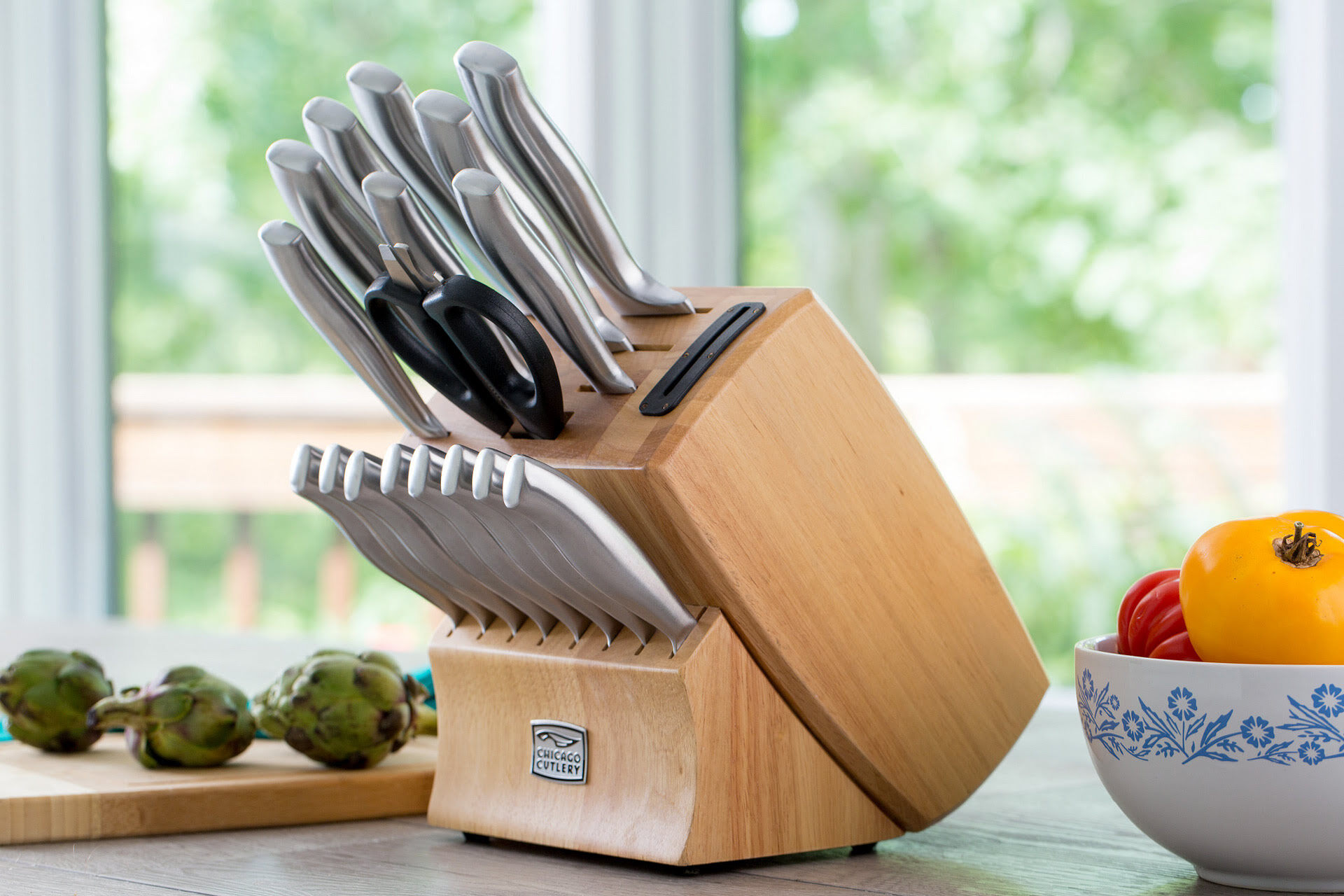
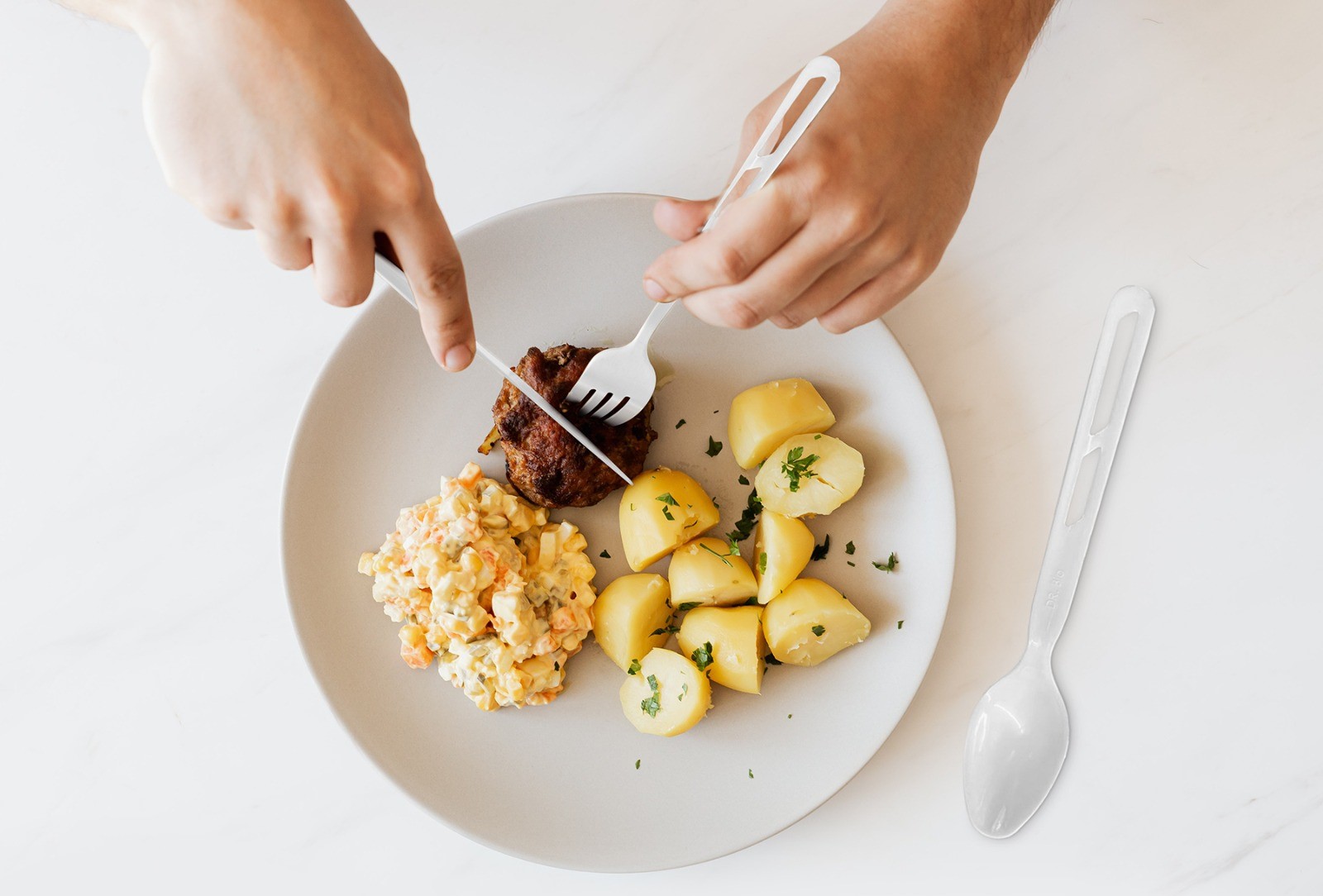
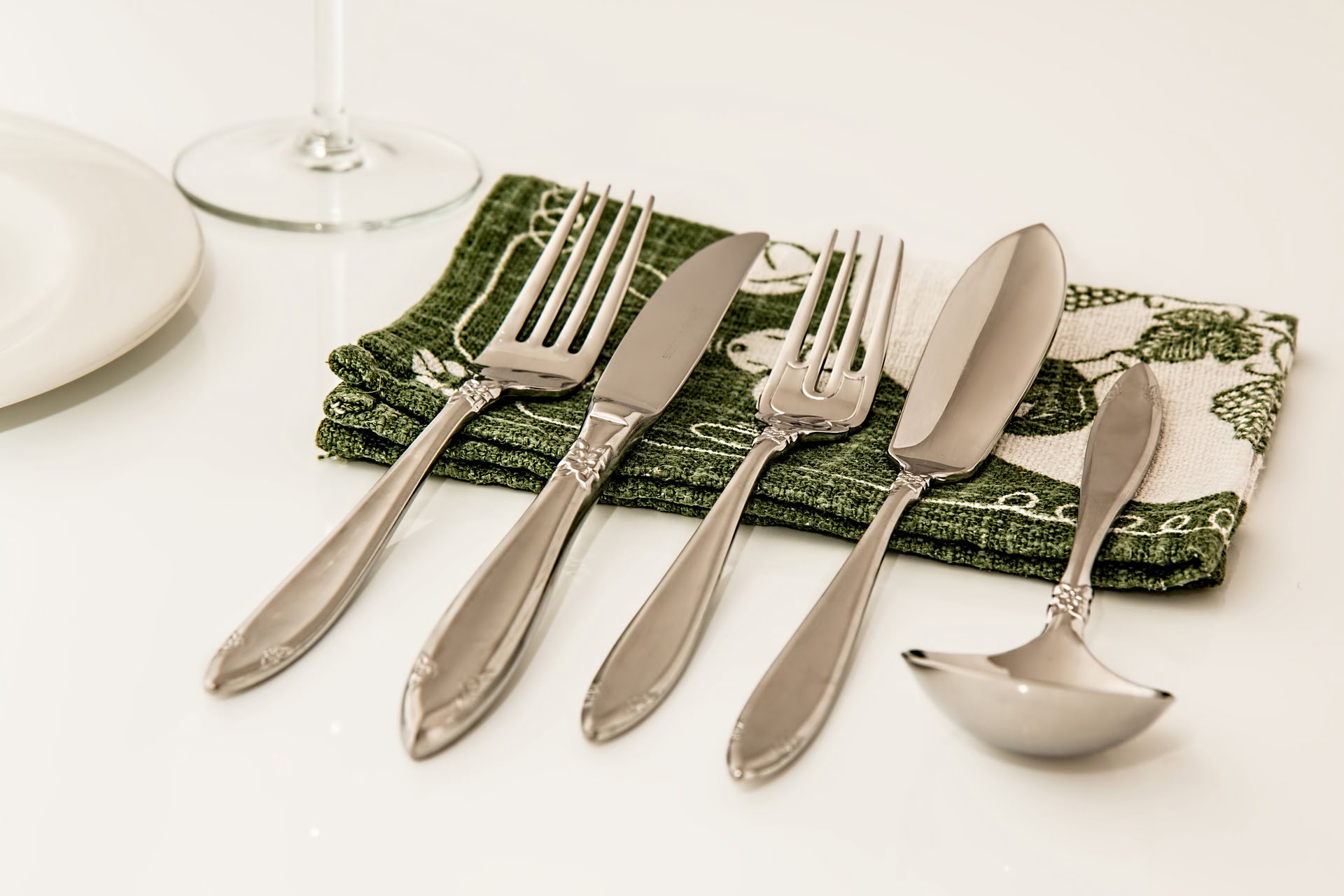
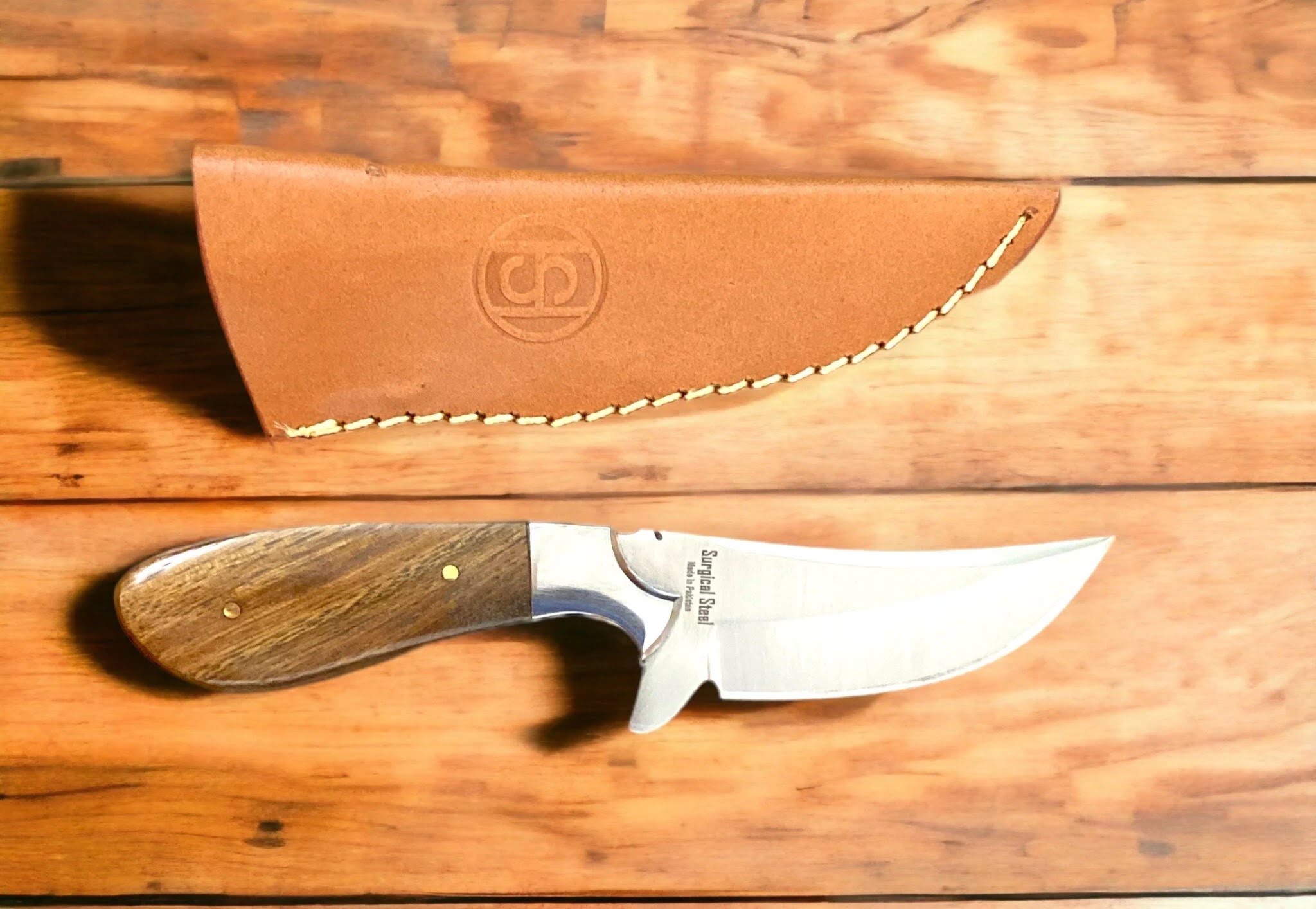
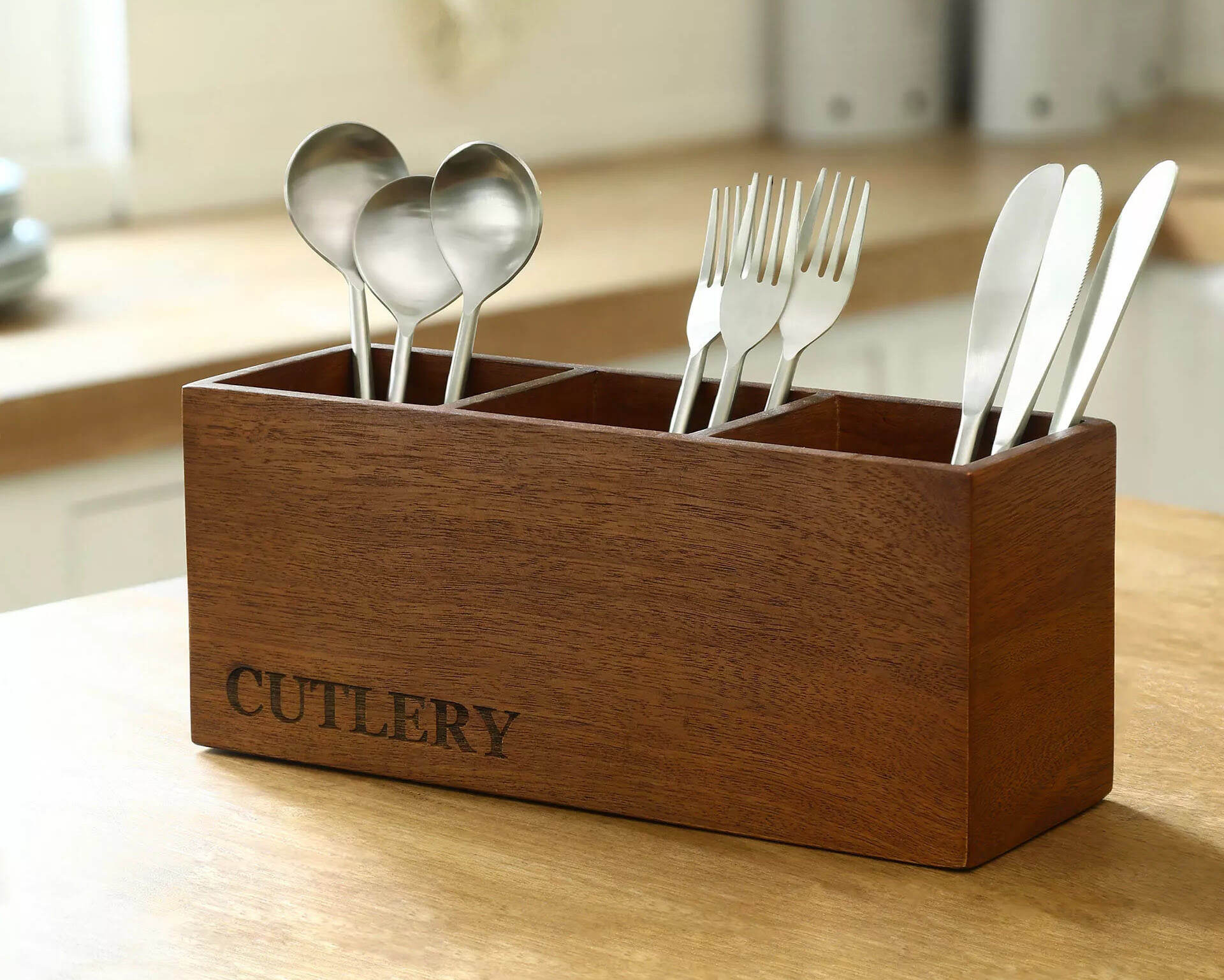
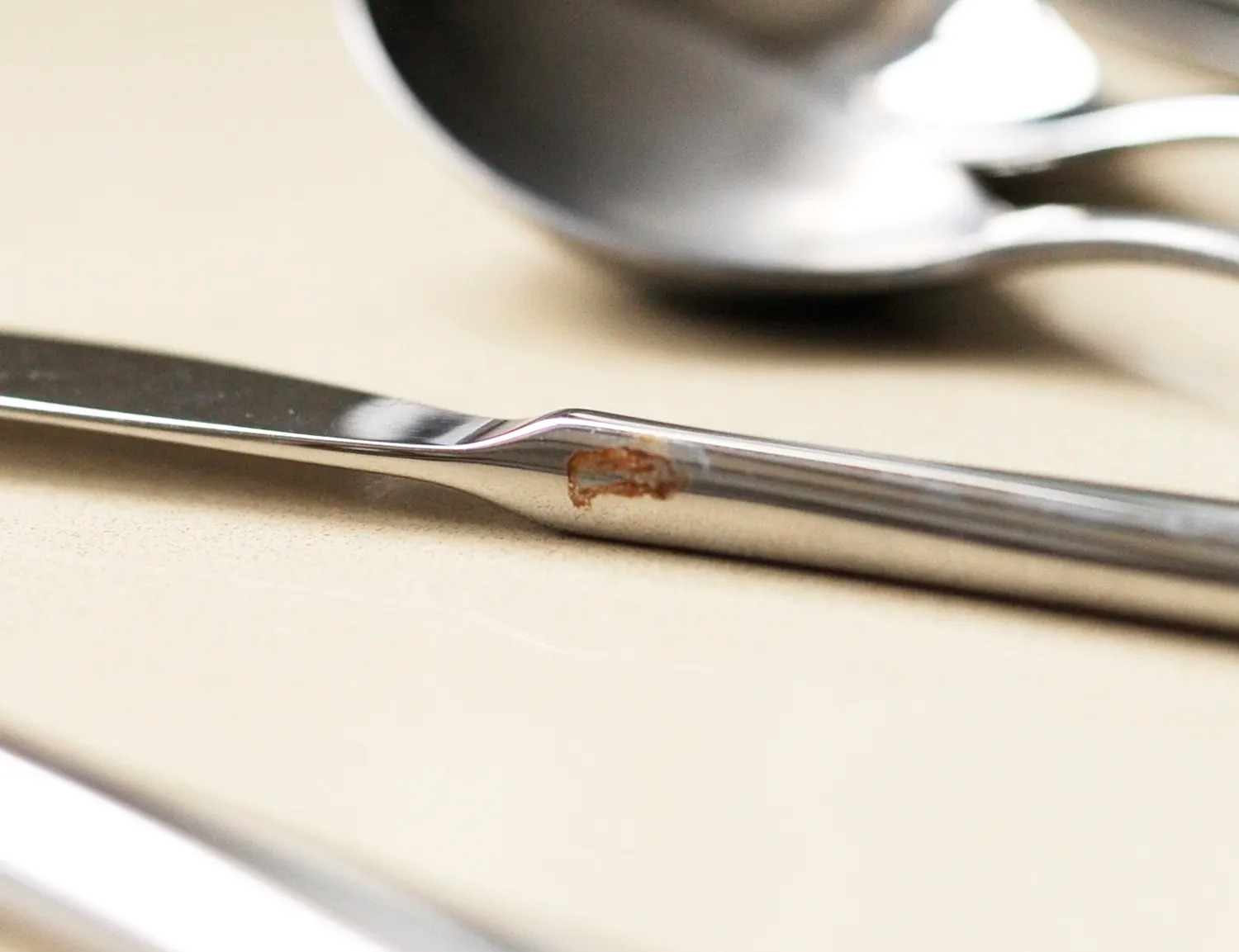
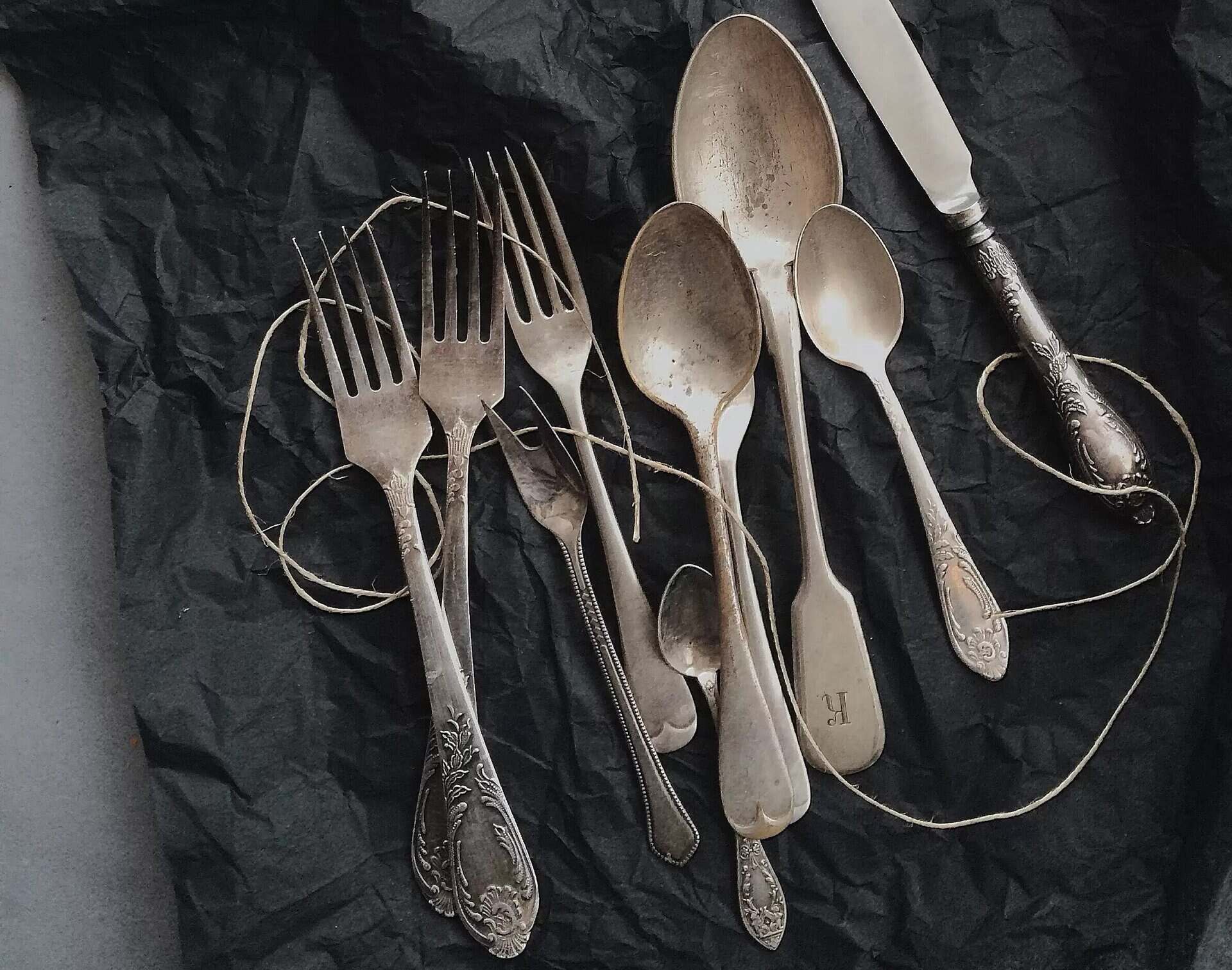
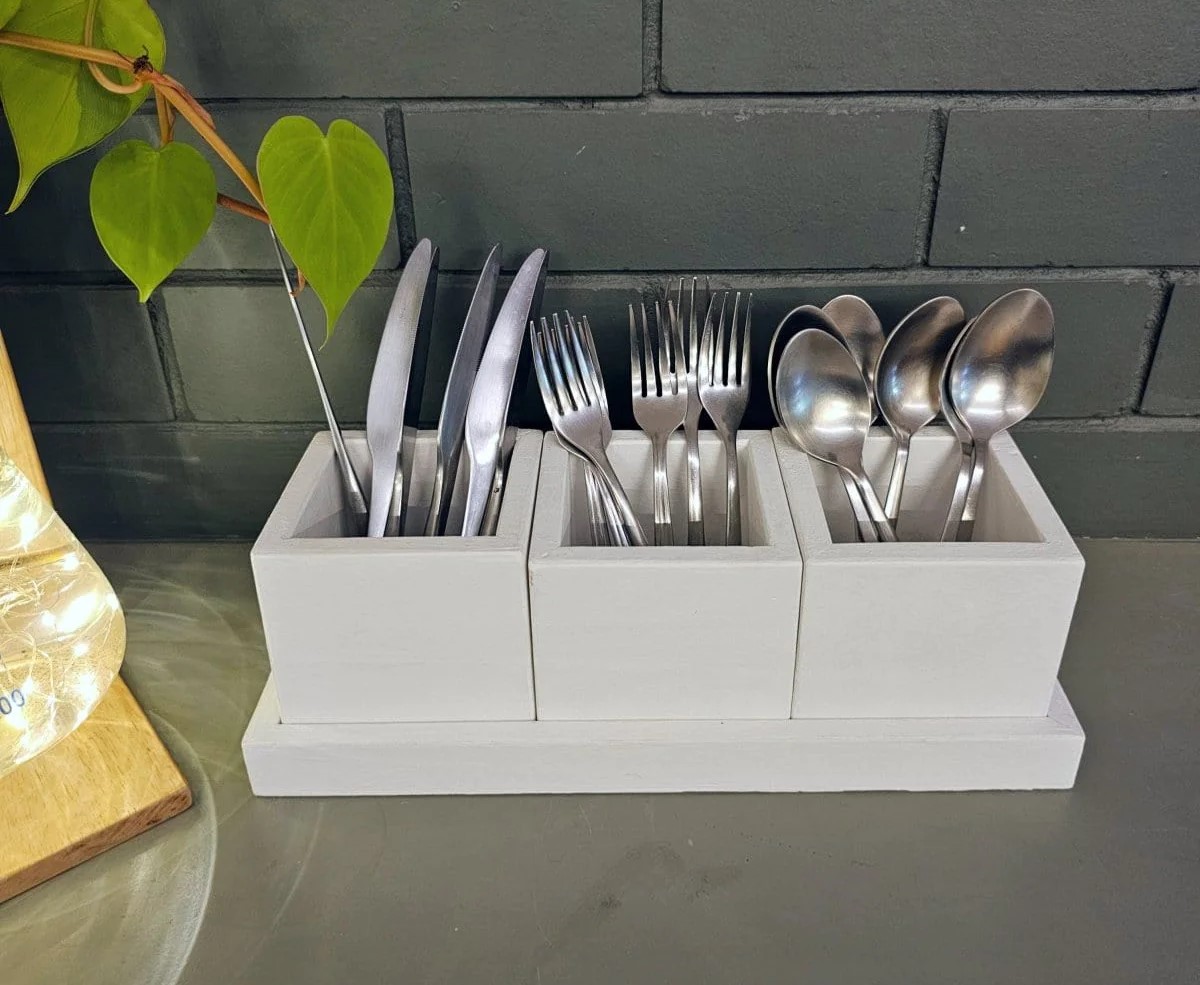
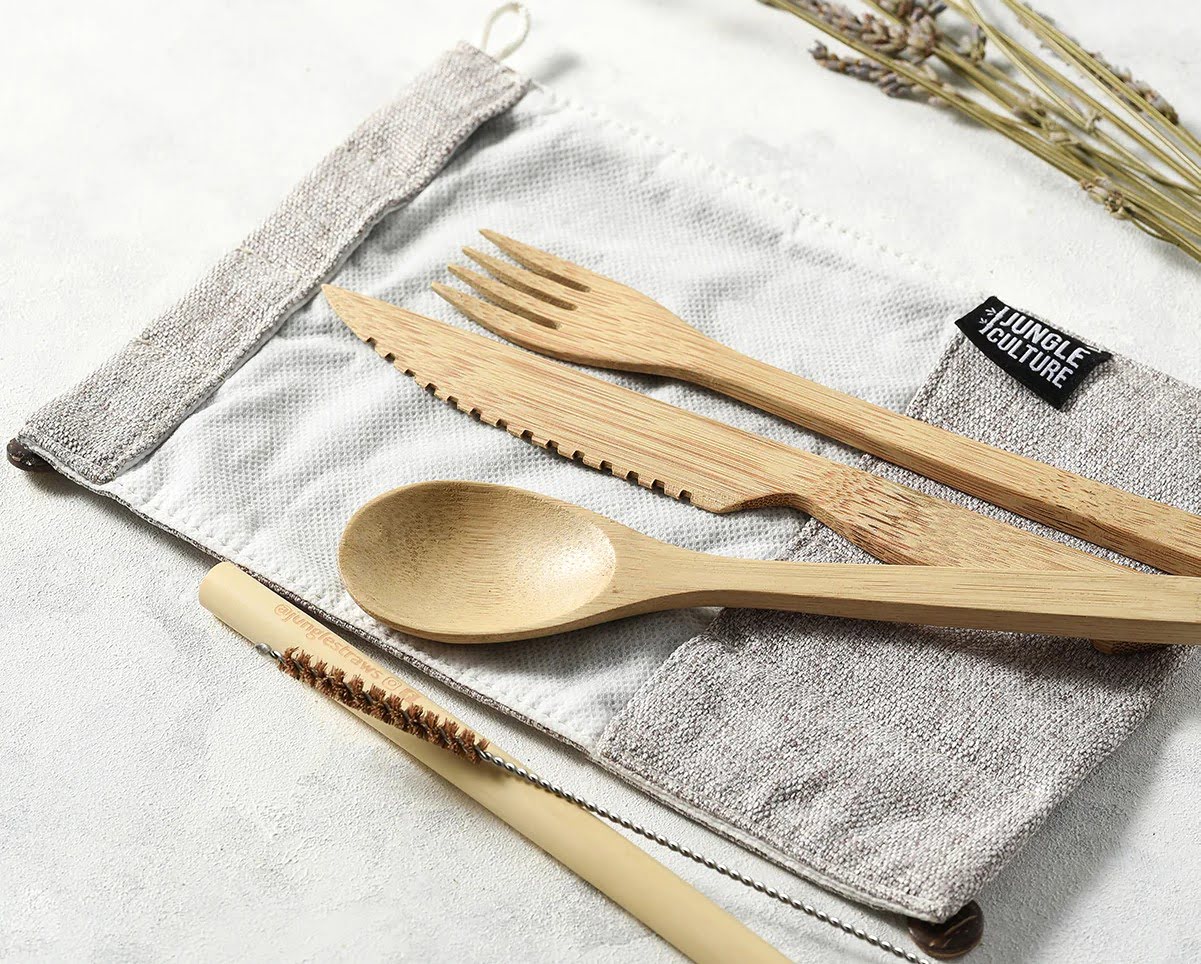
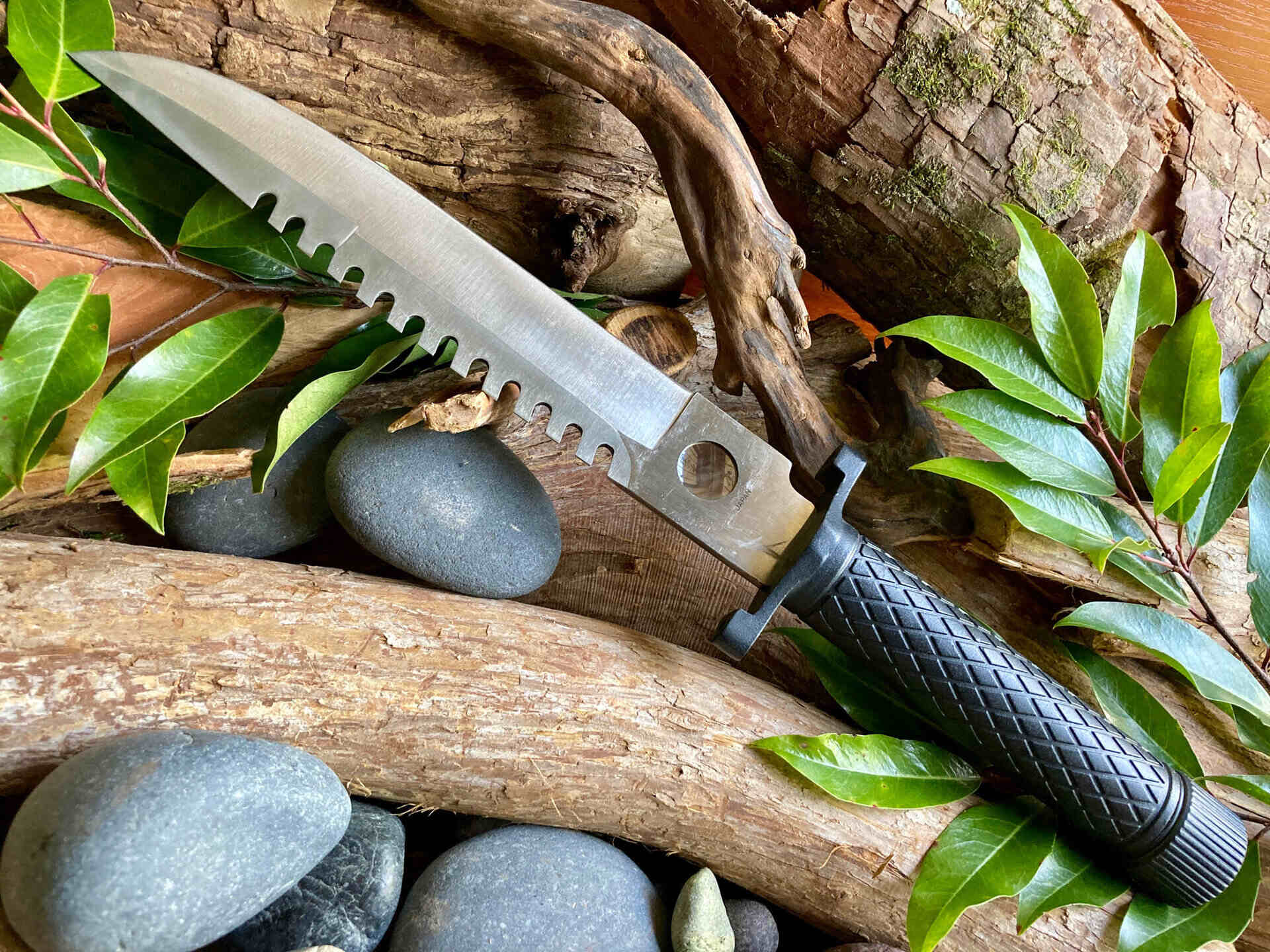
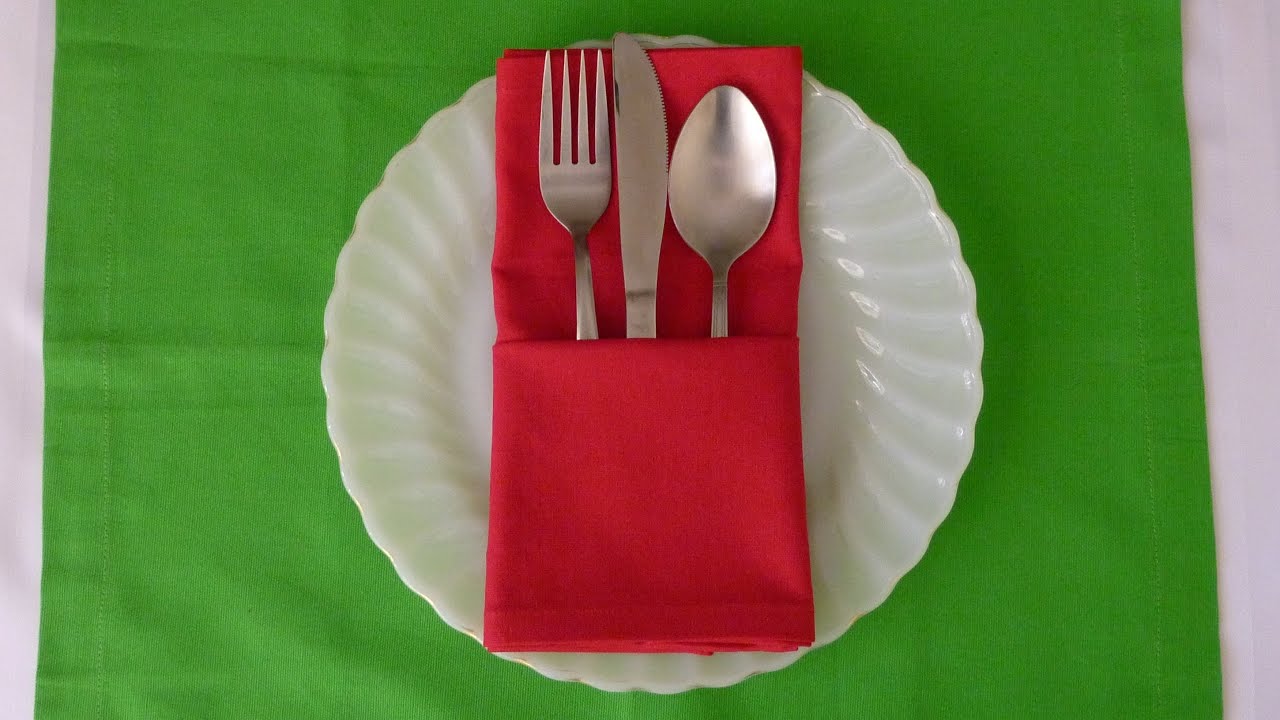
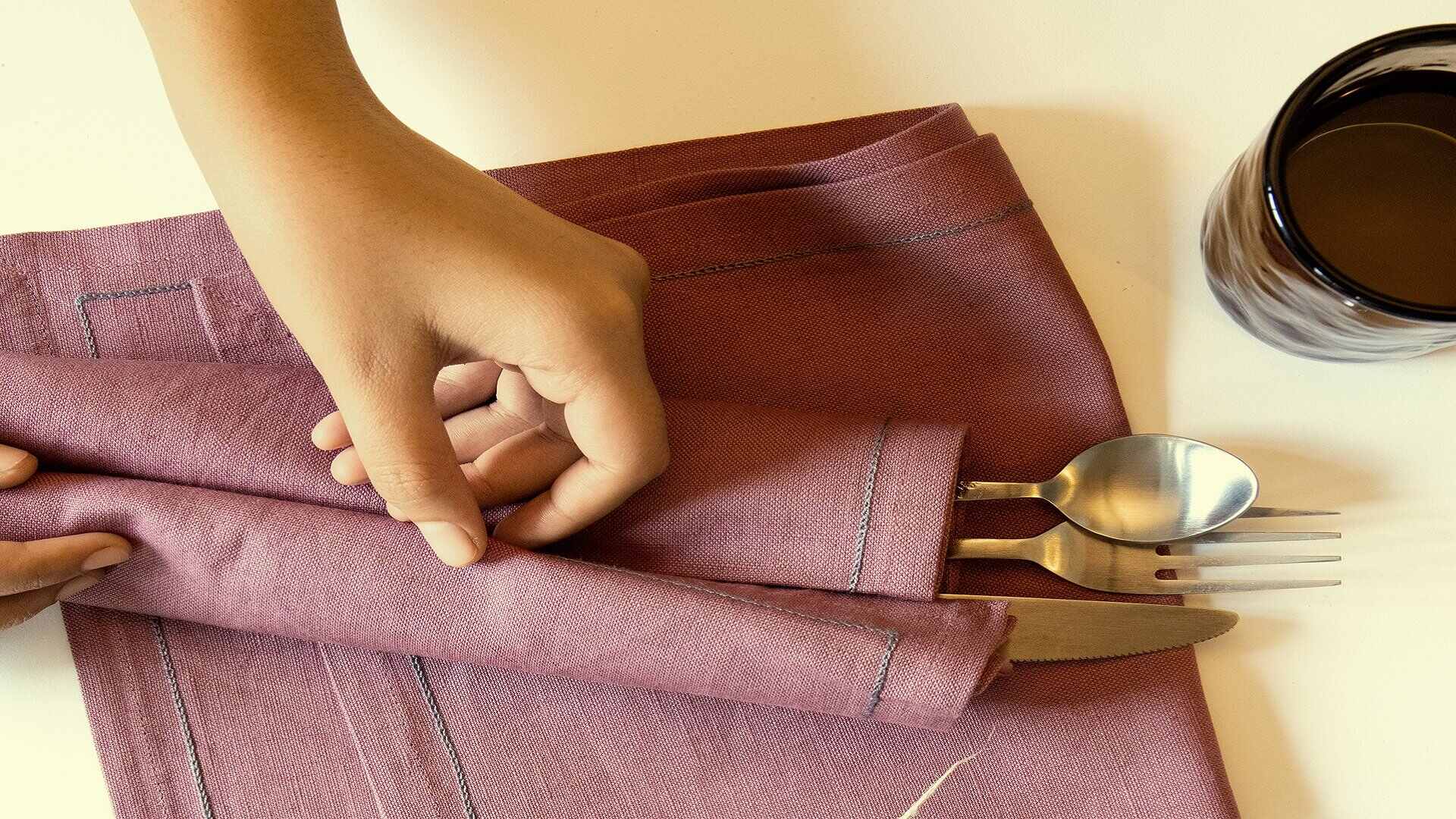
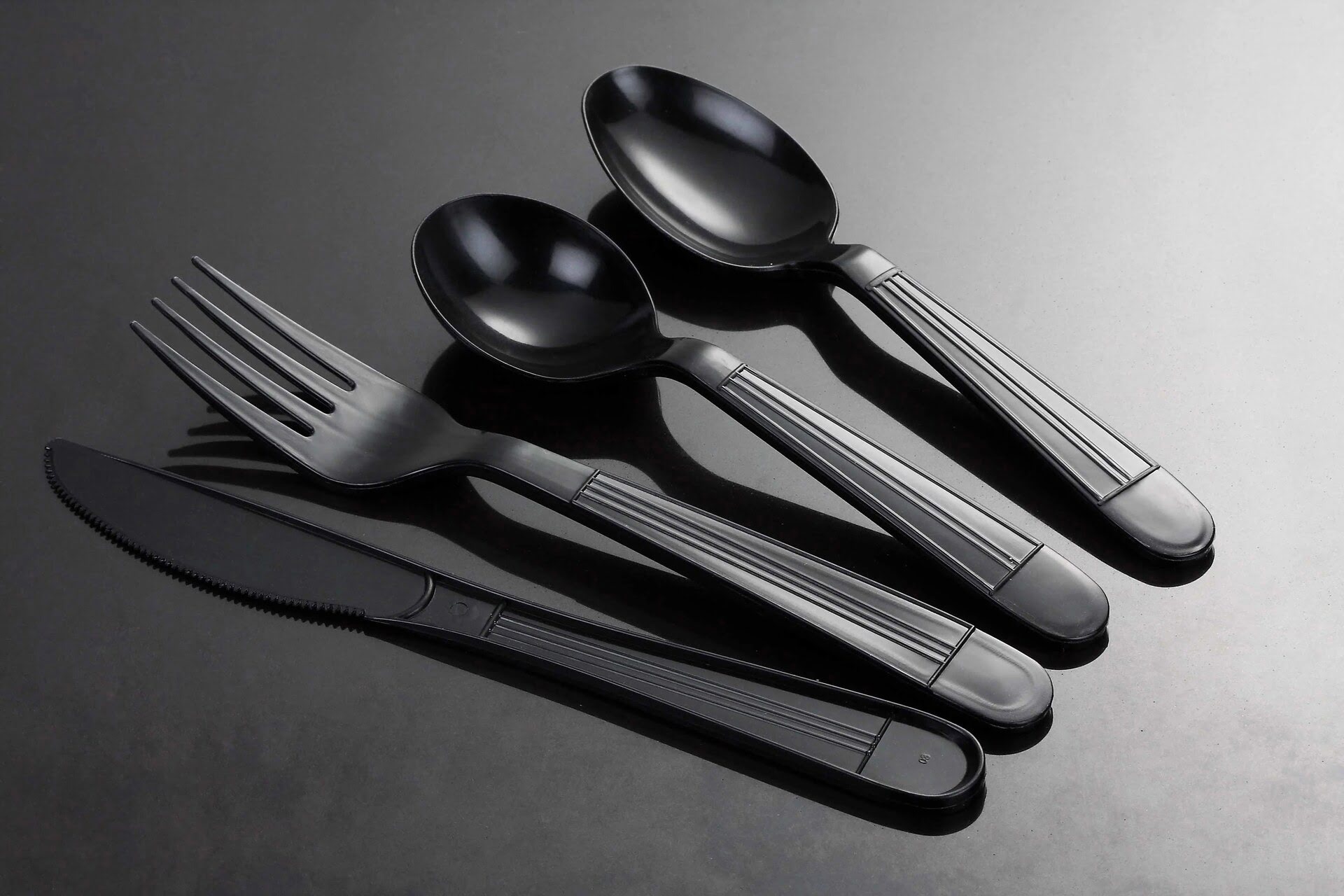

0 thoughts on “What Is Cutlery”